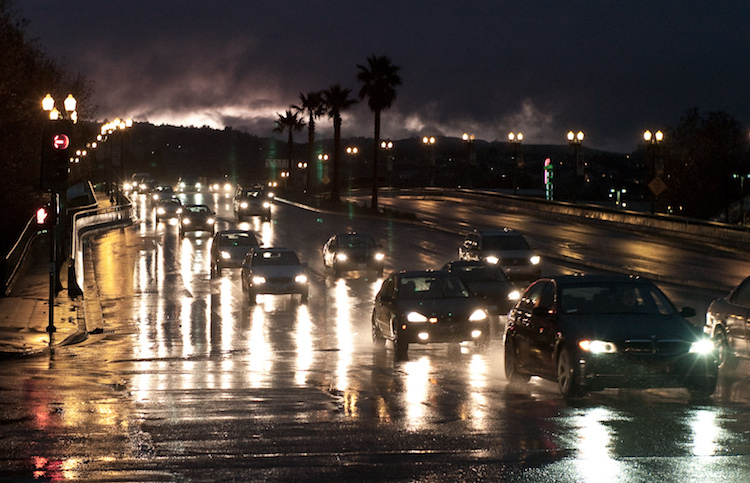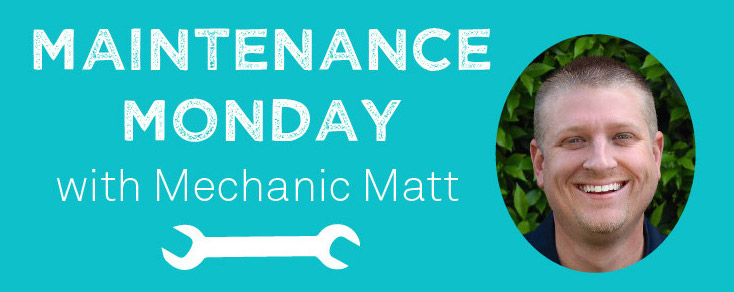June is National Safety Month, and here at Metromile, we want to make sure our customers drive as safely as possible. Here are some important safe driving tips to keep you and your precious cargo safe while traveling on the road.

- Focus on driving. Don’t try to multitask while you are behind the wheel. Even if you consider yourself an expert at eating a burger while driving, it’s a distraction. Put all electronics away, and make sure to get any directions needed ahead of time. Here are some ways to prevent distracted driving.
- Be aware. Keep around a 3 to 4-second cushion between you and the car in front of you and maintain a safe following distance. This should allow for enough time for you to brake to a stop if necessary. If there is bad weather, consider a longer allotted time between you and the car in front of you.
- Plan ahead and don’t rush. If you are going on a road trip, get an idea of any stops you’ll make on the way to your destination (e.g. food, gas, or phone calls). Always make any adjustments to your mirror, climate controls, and seat before putting your car in drive.
- Keep everything secured. Make sure to secure cargo that may move around while the car is getting you from point A to point B. Don’t try and reach for any items that fall on the floor while driving, just wait until you are to your destination to retrieve the item. If you do need any items, like a toll pass or parking pass, put them in an easy-to-reach place.
- Don’t skimp on maintenance. Have your routine inspections to take care of any problems with your vehicle. Check your tire pressure regularly to avoid flats or blowouts and pay attention to your car’s brakes (if anything sounds off, here’s what to do). If you notice any abnormalities have them checked out by a mechanic.
- Pack an emergency kit. Just in case you are in an emergency situation, have a first-aid kit handy, as well as road flares, jumper cables, flashlight with extra batteries, and drinking water. Keep a phone charger in your car in case you need to dial 911 or roadside assistance.
Safe driving is the number one priority on the road. If you are a Metromile customer and an accident does happen, follow these guidelines. If you are in need of roadside assistance and have it included in your policy, you can request roadside assistance through the app or your dashboard. We’ll do everything we can to get you back on the road as quickly and safely as possible!



